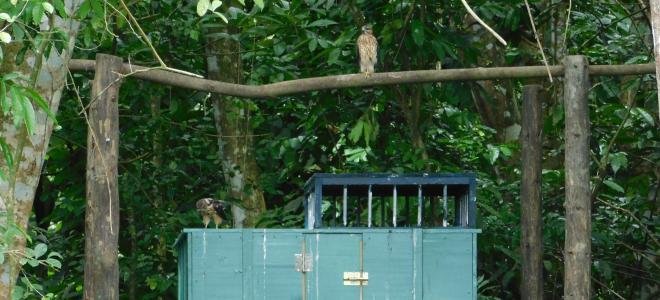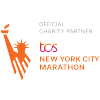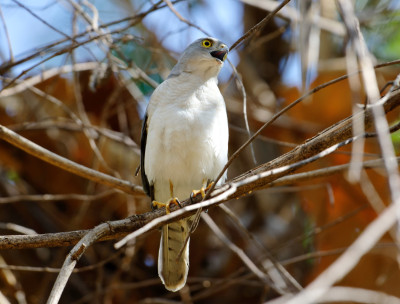By the year 2002, the only known Ridgway's Hawk population was limited to between 250–300 individuals within just one area: Los Haitises National Park in Dominican Republic. The small, isolated nature of this population put it at great risk. Disease, extreme weather events such as hurricanes or wildfires, and increased human pressure could easily wipe out the population in one fell swoop. The creation of additional populations on the island was crucial for the long-term survival of this species.
Our Impact
230 hawks released through assisted dispersal, 2 new burgeoning populations established
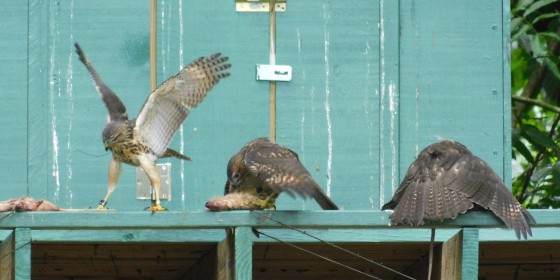
Ridgway's Hawks were threatened by a small, isolated population
Our Solutions: Hacking
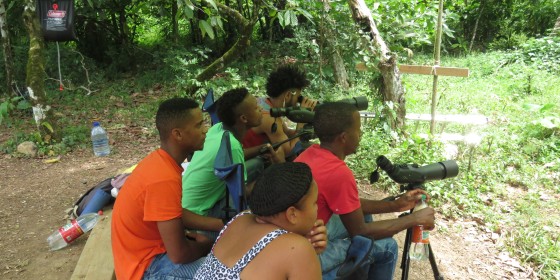
Julio Gañan
Our Solutions: Feeding
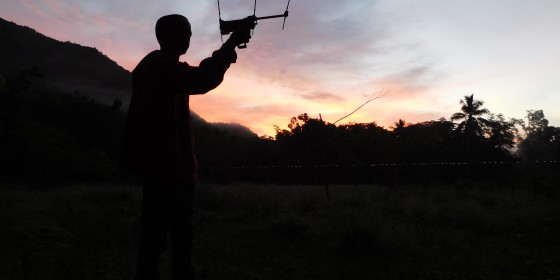
Our Solutions: Independence
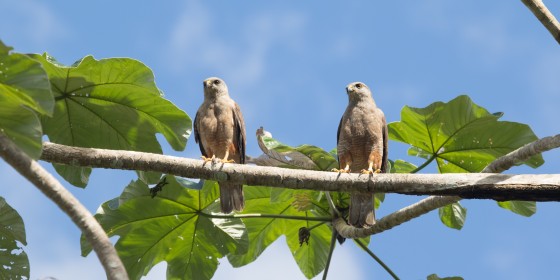
David Anderson
